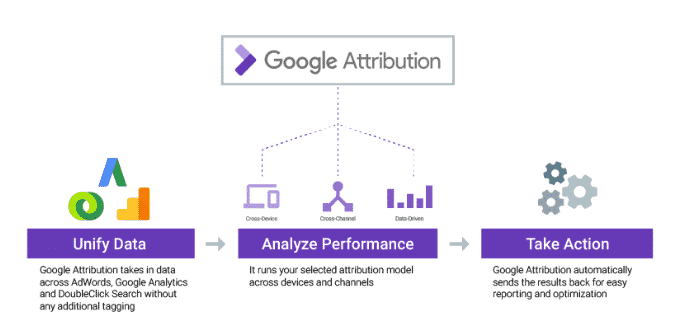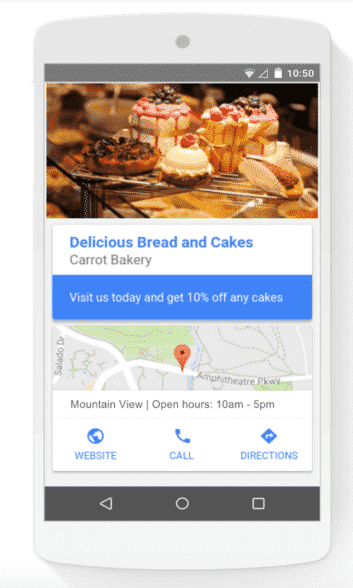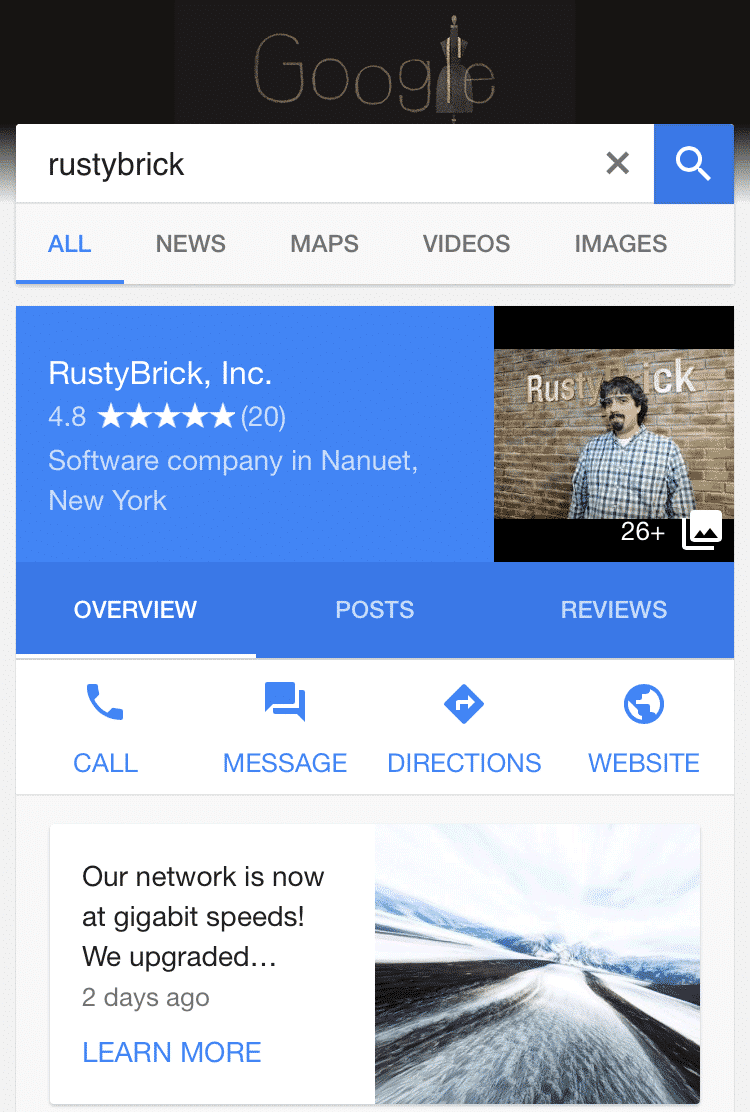Last year was all about AMP and AI. Updates happened across platforms from month to month, as they usually do, but the biggest focus was AMPing up websites and preparing ourselves for marketing to the AI generation.
We’re a little more than halfway through 2017 and updates have been happening left and right in the digital marketing world. Google has made several updates to it’s advertising and algorithms, Facebook has enhanced itself and Instagram a few different times, and some of the industry’s top leaders are transitioning.
Read along to see if you missed any of Google updates that have happened so far this year.
Mobile Pop-Ups Affect Rankings – January 10
Google gave fair warning last August, but to those who didn’t listen, their rankings started to change during this roll out in January. What you may know of as intrusive interstitials, the rest of the world knows as pop-ups or email capture light boxes. These intrusive beings are a negative in Google’s eyes and not only affect user experience, but also search time.
Google clarified in their blog update in January:
“Starting today, pages where content is not easily accessible to a user on the transition from the mobile search results may not rank as high.
As we said, this new signal is just one of hundreds of signals that are used in ranking and the intent of the search query is still a very strong signal, so a page may still rank highly if it has great, relevant content. “
Google Assistant Makes Purchases and Changes the eCommerce Game – February 16
Need more toilet paper? Just ask Google Assistant!
The eCommerce world is about to change now that Google has made it easier than ever to make everyday purchases. By speaking directly to your Google Assistant, you can order whatever you need from participating Google Express retailers, including Costco, Whole Foods Market, Walgreens, PetSmart, Bed Bath & Beyond and more than 50 other national and locally available retailers.
This is a big deal for online retailers and now more important than ever to become one of Google’s Express retailers. It will be interesting to see how this plays out over time and the increase in purchases that will be made using Google Assistant instead of directly through a website like Target.com.
Close Variants Adwords Update – March 17
Google Attribution – March 23
In order to get ROI, you need to be able to track your efforts. This is one of the most challenging aspects of digital marketing because finding the original source of conversion isn’t always clear.
A user can start at Point A, which we will call a search result, and then move to Point B, which we’ll call a landing page, and then a Facebook page, and then wait two weeks until they hit Point E which is the actual website, and wait another week before hitting Point F which is the actual purchase.
Google’s attribution update was designed to help track data in Adwords, Google Analytics, and DoubleClick Search without you having to add any additional tagging. This way, you’re able to watch an entire user’s journey and see how actions are being made, or not being made.
Smart Display Campaigns in Adwords – April 20
-
Connect your business to prospective customers who may be interested in your products, using insights from millions of apps and sites
-
Create beautiful image, native and text ads that fit anywhere across the GDN
-
Set the right bids to meet your performance goals”
YouTube Location Extensions and In-Store Sales Measurement – May 23
Another update that happened at Google Marketing Next in San Francisco was the addition of location and tracking for ads on YouTube. To help determine the offline impact of online ads on YouTube, Google added location extensions so a business’ location, hours, photos, call buttons, and other information would show so users can react to an ad instantly.
By adding the business information, users can make an action directly from an ad and the action can be measured one of two ways.
The first, is through manually uploading transaction data to Google and matching it with conversions. The second, less manual option, is letting Google compare store visits using smartphone data with credit card transactions in the aggregate.
Google My Business Adds Messaging Feature – July 12
Google announced this update back in November of 2016, but it officially rolled out in the US in July. Google My Business users are now able to communicate with their customer from the platform that they’re being searched in.
Customers now have the option to message you directly from the business dashboard, and businesses can respond.
In order to utilize this update, you’ll need to configure the mobile number of the Allo device you want it to connect to, and then respond as messages come in.
What do you think of these updates? Comment below with what you think of Google’s updates so far this year.


 Image Source: Marketing Land
Image Source: Marketing Land